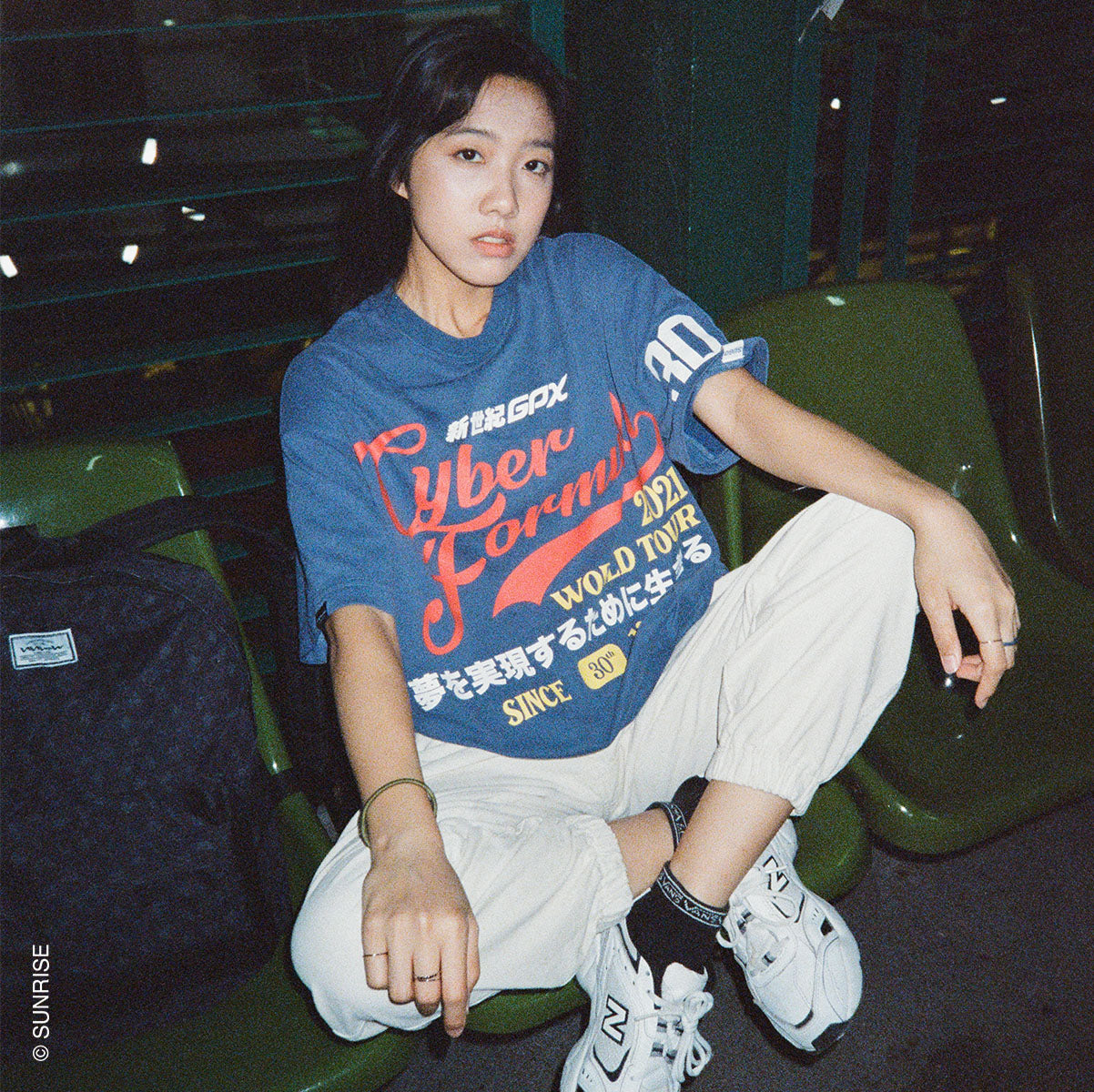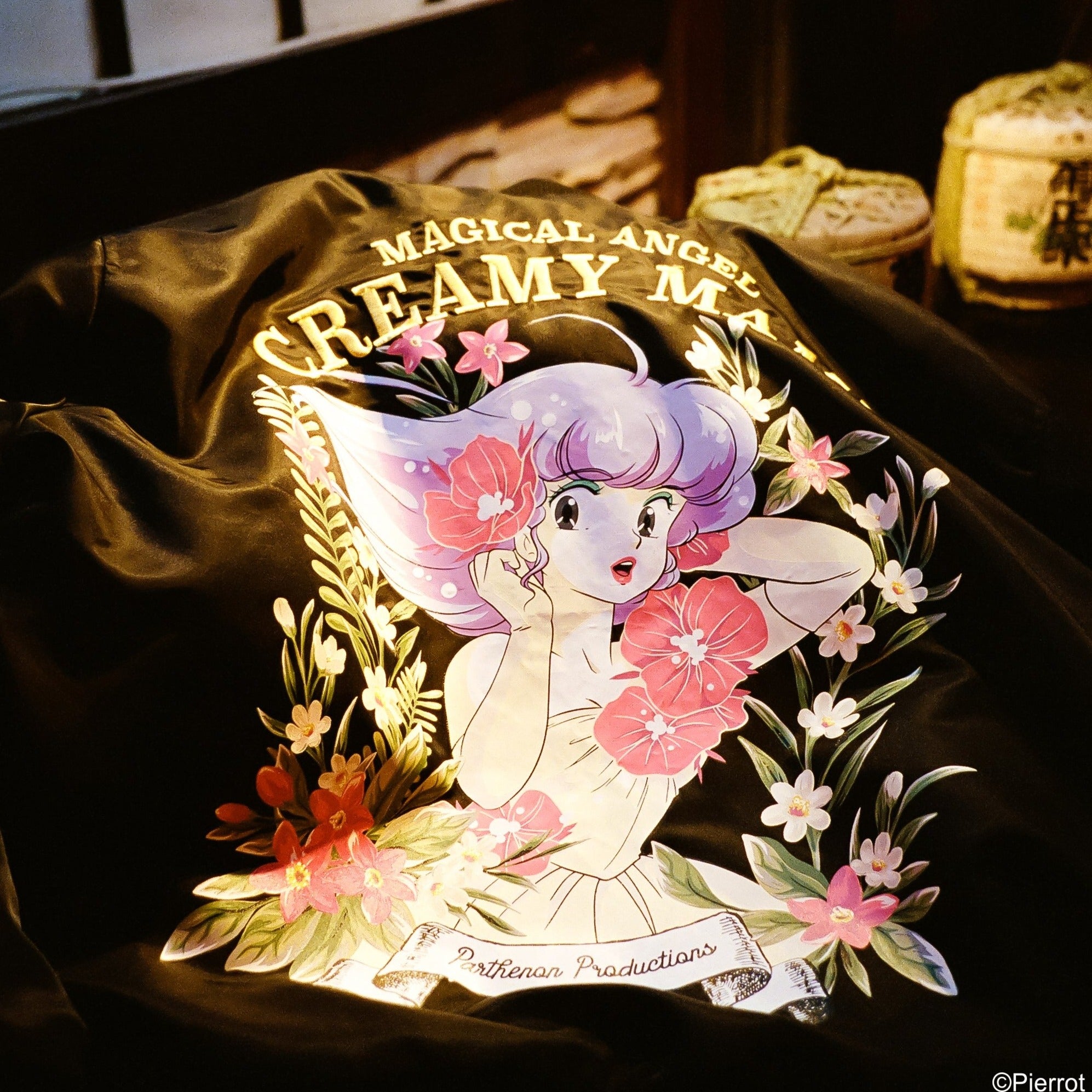記事: EPISODE 1: "WAS THE PATH TO ANIME DECIDED FROM CHILDHOOD?!"
EPISODE 1: "WAS THE PATH TO ANIME DECIDED FROM CHILDHOOD?!"
Hello to those meeting me for the first time and to those who know me through anime, let me introduce myself. My name is Naotake Furusato, and I am a producer involved in planning and production of animations.
Recently, I had a conversation with President Suzuki of IIJan, who asked me if I could write about the enjoyable, interesting, and memorable events in my life related to anime for the IIJAN website. "What? What did you just say?" I asked to confirm before considering it. I proposed that I start with what I can recall from my somewhat vague memory, and he agreed that it would be fine.
Therefore, I plan to write about my experiences in the anime industry, from when I first entered at the age of 21 to my current age of 62, sharing what I can remember along the way.
Please stay tuned for Furusato P Anime Path.
Also, please forgive me in advance if I occasionally digress to talk about my personal hobbies or other interests.
I was born on May 3, 1961, in Hachinohe City, Aomori Prefecture.I grew up in Nanbu Town during my elementary school years. It's a small rural town with just over 10,000 people.To the west, you can see Mount Hakkoda. To the east, on the Pacific side, there are old geological layers with shell mounds, and Jomon pottery and clay figurines were excavated there. These items were displayed in elementary schools and community centers at the time.I lived energetically in an environment with clean and delicious air and water.
During elementary school, my friends and I used to draw comic in our notebooks and show them to each other.Looking at those notebooks now, I see sketches of characters similar to Ultraman, Kamen Rider, and Matt Arrow.Ultraman was broadcast before I started elementary school in 1966.Now, as the Osaka Expo is approaching, I often watch the news about it, but I remember that it was a hot topic every day when I was in the third grade of elementary school. There were also shocking events like the oil crisis and the Yodogo Hijacking Incident.
Kamen Rider, which started airing on TV in 1971, was when I was in the fourth grade of elementary school. At that time, there were many tokusatsu dramas on TV, and I watched them a lot.Some titles I can immediately recall are "Silver Kamen (1971)," "Iron King (1972)," "Thunder Mask (1972)," " Henshin Ninja Arashi (1972)," "Assault! Human (1972)," and more, but I'll stop here.
"Mazinger Z(1972)" started broadcasting when I was in the fifth grade of elementary school.I dreamed of riding a giant robot. When I was in the first year of junior high, "Space Battleship Yamato (1974)" began airing, and in the classroom, kids who had nibbled on science fiction would boastfully talk about warp drives and leaps. However, I was watching " Saru no gundan (1974)."I couldn’t quite fit into the Yamato circle; I was somewhat contrarian.
Even if you weren't a fanatic, my generation could watch a variety of titles. Also, monthly magazines came with monster encyclopedias as supplements, so you could guess the names of monsters by looking at their footprints. This was quite a common thing for children at that time.Additionally, I was hooked on "Time Traveler (1972)," based on a novel by Yasutaka Tsutsui, broadcasted by NHK. And I loved the puppet show "Shin Hakkenden (1973)."
During my middle school years, there were shows like "Grendizer" and "Brave Raideen," and then "Invincible Steel Man Daitarn 3" and "Mobile Suit Gundam" started airing when I was in high school.
In Aomori Prefecture, these were broadcast in the morning.And then came the final episode, episode 26, where Char appears in a red Z'Gok.I remember feeling a sense of emptiness, thinking "What?".The following week, there was no more Gundam on TV. I remember that a hollow life began.Even though magazines like Animage, OUT, and Animedia featured articles up to the real final episode, I, who did not know the latter half of the story, could not see it until I went to Tokyo.I seriously resented the broadcasting station in Aomori Prefecture.Aside from robot anime, I also got hooked on Director Hayao Miyazaki's "Future Boy Conan," and Director Osamu Dezaki's "Nobody's Boy: Remi" and "Treasure Island."
In 1980, after graduating from high school, I finally moved to Tokyo and enrolled in a photography school. I had been part of the photography club since middle school because I wanted to become a professional photographer. In reality, however, I neither became nor could become one. I realized I lacked the talent and skill needed; I simply couldn't take photos that were professional grade. However, I was capable of handling black and white photography from developing film to enlarging photos, and I used a Nikon F2, a single-lens reflex camera used by professional photographers at the time.
Incidentally, once I became an anime producer, the knowledge I gained from photography proved useful when thinking about layouts for creating posters. Understanding aspects like lens angles, aberrations, and the quality of blur, as well as the implications of shutter speed and exposure in cameras, also translated well into creating layouts and concepts for anime photography, which might have been helpful.
At the age of 19, during my time at photography school, I watched anime films such as "Toward the Terra," "Galaxy Express 999," and "Mobile Suit Gundam I, II, & III," along with "Space Runaway Ideon: Contact and Activation." There are so many cinemas in Tokyo that it can be hard to decide where to watch them. I watched films in Asakusa, where my friend lived, and in cinemas in Ueno. At the time, I was living near Hirai Station on the JR (not yet called JR back then) Chuo-Sobu Line, so Shinjuku was a bit far for me.
In February 1982, there was an event called "Anime New Century Declaration" in front of Shinjuku Alta as part of the promotion for the theatrical version of "Mobile Suit Gundam." Amazingly, I was there as a spectator and witnessed the event. I remember Mr. Nagano, the designer for "Heavy Metal L-Gaim," was on stage in a Char cosplay. I wouldn't say I was a witness to history, but there was an electric atmosphere that made me wonder if this was a turning point for the future of anime.
Back then, young people born around the 1960s were sometimes referred to as "Newtypes" by some. Simply put, from the perspective of the older "Oldtypes," it was said that they couldn't understand what the younger generation was thinking. However, now at 62, I believe that this is something adults have always said about the younger generation, in any era.Now, I am definitely an "Oldtype" myself; no light shines from my forehead.Honestly, I've come to realize again that there is always a generational gap in any era.
Something I had been waiting for happened. I found out that "Mobile Suit Gundam" was going to be rebroadcast, so I saved up and bought a cheap VHS recorder. I recorded the episodes at three times the speed, which resulted in poor video quality, but when I was finally able to watch episodes from episode 27 onward, I felt a sense of achievement.Looking back, "Gundam" might have been a signpost guiding me toward a career in the anime industry.
At that time, I wasn't just watching anime; I also took many photos for my assignments. However, I realized that becoming a professional photographer wasn't the career I wanted. In truth, I loved cameras. When I asked myself if I really loved photography, I found myself in doubt.Later, when I worked on setting production for "Brave Exkaiser," I discovered that I enjoyed thinking about mechanical designs. In essence, I was fascinated by cameras and lenses. Studying camera design would have been the right path, but as a child, I hadn’t realized that. I wish I could go back and tell my younger self.Eventually, I dropped out of photography school and questioned what job would suit me best. After much searching and reflection, I finally discovered that I wanted to work in creating anime.
At that time, I didn't find the live-action film industry particularly appealing. The same went for the television industry. Moreover, since video games were just about to emerge, entering the gaming industry wasn't an option either. However, I had no idea how to get into the anime industry or even what kinds of jobs were available within it. The most visible roles were those of the animators, but since I was not good at drawing, that path was not an option for me. Next, I considered directing because it seemed prominent, but looking back, I realize I was being foolishly overconfident about my abilities.During my time working on "Mister Ajikko," I painfully learned that I lacked the talent for directing, but I'll write more about that later.
After various experiences, I eventually became a producer. In the next entries, I would like to write about the era of "Future GPX Cyber Formula SAGA," when I became a producer. I would appreciate it if you could kindly follow along with my journey.
In the fall of 1982, I picked up a daily magazine called "Nikkan Arubaito News," which collected job listings for part-time positions. As I flipped through the pages, I stumbled upon an advertisement from Nippon Animation, the production company behind "Future Boy Conan," seeking production assistants. Intrigued, I decided to give them a call.To my surprise, they invited me for an interview immediately. By December, I found myself commuting to Nippon Animation’s office near Seiseki-Sakuragaoka Station. This marked the beginning of my dedicated journey down the anime road.As a naive young adult—or rather, a foolish one—I embarked on my "anime michi" (path), and I wish to recount this journey as truthfully as I can remember. However, there might be moments where my memory fails me, and I might have to weave in a bit of fiction. I hope you can be forgiving in those instances.
Thank you for joining me in these rambling tales, and I look forward to sharing more of my experiences in the world of anime.






コメントを書く
このサイトはreCAPTCHAによって保護されており、Googleプライバシーポリシーおよび利用規約が適用されます。